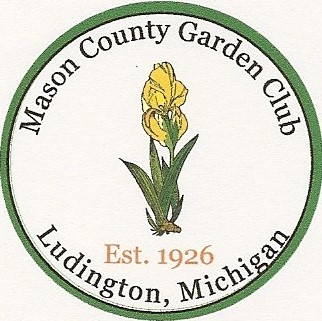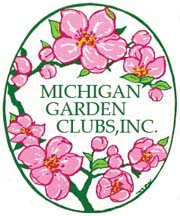Gardening Tips
How to identify deficient nutrients & minerals:
- Pale green or yellowish lower leaves (slower growth)
- Older leaf edges are yellow/brown. It may be yellowed, curling, or brown spots
- Stunted, extremely dark green leaves. Purplish to reddish veins, leaves, or stems. Flowers and fruits late
- Deformed or failed terminal buds and root tips. Results in blossom end rot in tomatoes and peppers
- Yellow in area between veins and may show mottling of older leaves
- Entire plant is light green, yellow younger leaves
- Upper leaves are yellow between veins and eventually look bleached. New leaves may be yellowish white
- Yellow leaves between veins followed by spots that occur on the middle leaves first
- Nitrogen: Pale green or yellowish lower leaves (slower growth)
- Potassium: Older leaf edges are yellow/brown. It may be yellowed, curling, or brown spots
- Phosphorus: Stunted, extremely dark green leaves. Purplish to reddish veins, leaves, or stems. Flowers and fruits late
- Calcium: Deformed or failed terminal buds and root tips. Results in blossom end rot in tomatoes and peppers
- Magnesium: Yellow in area between veins and may show mottling of older leaves
- Sulfur: Entire plant is light green, yellow younger leaves
- Iron: Upper leaves are yellow between veins and eventually look bleached. New leaves may be yellowish white
- Manganese: Yellow leaves between veins followed by spots that occur on the middle leaves first
Nutrients
Minerals
Composting Tips
Mason County Garden Club
A 501(c)(3) Non-Profit Corporation
P.O. Box 193
Ludington, MI 49431
Member, National Garden Clubs Inc., Central Region, &
Michigan Garden Clubs, Inc., District V
Regular Meetings: 4th Thursday of each month, March through October
3rd Thursday in November, 1:00pm
Meeting Location: 5810 Bryant Rd., Ludington, MI
Holiday Luncheon: 2nd Thursday in December
Want More Information?
Mason County Garden Club
A 501(c)(3) Non-Profit Corporation
P.O. Box 193
Ludington, MI 49431
Member, National Garden Clubs Inc., Central Region, &
Michigan Garden Clubs, Inc., District V
Regular Meetings: 4th Thursday of each month, March through October
3rd Thursday in November, 1:00pm
Meeting Location: 5810 Bryant Rd., Ludington, MI
Holiday Luncheon: 2nd Thursday in December
Want More Info?



